In one of the early macrobiotic books we find this story about one student asking George Ohsawa:
“Should a person, to gain total freedom, eat only rice?” The young man who asked the question had already asked it three times during the past two years.
“A free person can eat anything, and it will not do him any harm. Still, yes, eating only rice will give him total freedom. But you live here in a city, and the air is bad, everything is very bad, like the vegetables which are chemically grown. Ideally, one should live on rice, in the mountains, in healthful air. However, one should never eat only rice without consulting me or some friends who know about it. You must eat and enjoy food. To eat only rice is a big decision.” [1]
This story introduces a controversial topic of the macrobiotics movement. After consulting Ohsawa’s lessons, one may think that eating only whole rice is the one and only aim of all those people who practice macrobiotics.
Oshawa shows a chart with a series of diets in his book Macrobiotic Zen. This is the chart in question:
He adds that, with diet number 7, any person can get rid of any disease; “if your case is not too critical” [2]
What would you think after reading Ohsawa’s book?
Throughout the years, in different occasions, the macrobiotic diet has been accused of being a strict diet, that entails a serious hazard for our health. That is not the experience of thousands of people who follow his recommendation, and it wasn’t my own experience either. However, in some cases, there still remains an aura of criticism that has to do more with isolated and remote events than with the current practice of it. Aveline Kushi describes in one of her books and episode that may be the origin of the prejudices that people have nowadays about the macrobiotic diet. It says so:
Beth Ann Simon, a young woman living in New Jersey, read Zen Macrobiotics. After experiencing with an all brown rice diet, she grew thinner and thinner. Refusing medication, she ultimately died. The case became a cause célèbre. Government officials, medical doctors, and the national media condemned macrobiotics […]
What was the truth behind this tragic case? In Zen Macrobiotics, George Ohsawa described ten levels of the macrobiotic diet, ranging from number -3 to number 7. […] In the book and his lectures, Ohsawa stated taht eating only brown rice for ten days would heal practically any sickness. He said it would also bring spiritual benefits. Macrobiotics gained the reputation of being the all brown rice diet.
In truht, brown rice and other cereal grains are a wonderful, nourishing food. They have been used in the Orient and many other parts of the world for thounsands of years for keeping daily health and for relieving sickness. However, brown rice or other grain is very rarely eaten only by itself. If so, it is then taken for usually no longer than ten days. And it is taken under the guidance of an experienced physician or spiritual teacher. If taken longer than that or without proper guidance, it can lead to serious imbalance. The person can become very tight physically and very rigid mentally. Such unfortunately is what happened to many young people who began experimenting with macrobiotics in the 1960s. Many of them were spiritual seekers, window-shopping among different yogis, swamis, and masters. Naturally they aspired to be sages. But instead of starting at the bottom, they started at the top. Meanwhile, there were very few macrobiotic cooks, no macrobiotic cookbooks, and almost no centers or classes to attend except in New York, Boston, and northern California.
As a result, misconceptions flourished about what macrobiotics was. Many mistakes in food selection and cooking were made. Some were serious. In Beth Ann’s case, she reportedly had been experimenting with drugs and had not taken any cooking classes. She apparently did not know how to prepare grains and vegetables proporely and ate far too narrowly. George Ohsawa later said that young American friends were foolish to start with the number 7 diet or stay it beyond ten days. […] Unfortunately, most people didn’t do this, and it was years before macobiotics recovered from the fanatical label that it adquired. [3]
As an expert in macrobiotics, I could look for arguments to defend diet number 7 and I could blame those thoughtless young people who applied it with wrong expectations. But once having examined the whole thing from the most objective point of view, I must say that Oshawa was not too clear in his affirmations. These young people were reckless, and so was Ohsawa. What shall we expect if you say that by eating whole rice one can progress spiritually, one can break free? What shall we expect if you say that by eating whole rice any disease heals? Aren’t these statements irresponsible?
Later versions corrected George Ohsawa’s version deficiencies, as a new software corrects the deficiencies of its former version. This is the way they progress in other fields, and this is the way we should progress in macrobiotics. The authors of the book Pocket Atlas of Nutrition, a doctor and two nutritionists, consider that in comparison to Ohsawa’s macrobiotics, “the modification carried out by Kushi moves macrobiotics closer to a vegetarian diet with a small content of fish and seaweed, which is considered inoffensive” [4]
Is there any sort of truth behind diet number 7? I think so. It may be, if applied briefly, useful to recover balance if one is eating badly. It may help us feel better and think clearer. It may be a therapeutic diet when we have been eating too much or when we have eaten too much processed food, flour or animal products. Nevertheless, it seems clear that it is not a springboard to spiritually nor the panacea for every disease.
NOTES
[1] Abehsera, M. (1968). Zen Macrobiotic Cooking. A Book of Traditional and Modern Recipes. New York: Citadel Press.PP. 4 and 77.
[2] Ohsawa, G. (1966). Zen Macrobiotics. The Art of Longevity and Rejuvenation.
[3] Kushi, A. (1988). Aveline. The Life and Dream of the Woman Behind Macrobiotics Today. Tokyo & New York: Japan Publications, Inc. PP. 195-197
[4] Biesalski, H. K., Grimm, P., y Nowitzki-Grimm, S. (2015). Texto y atlas de nutrición. Barcelona: Elsevier. P. 354.

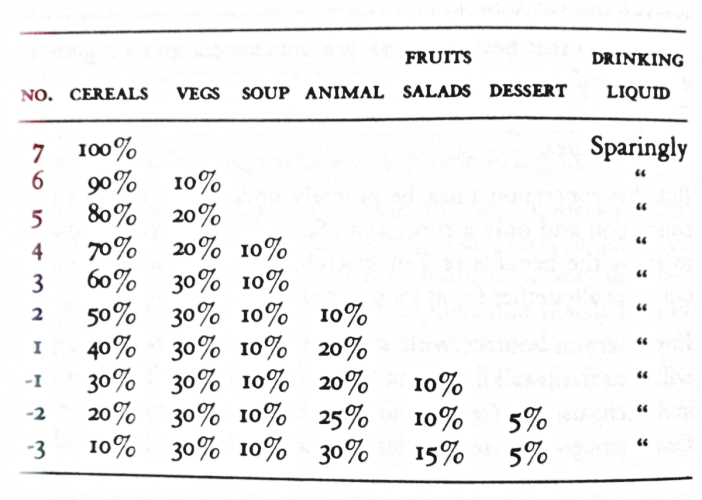
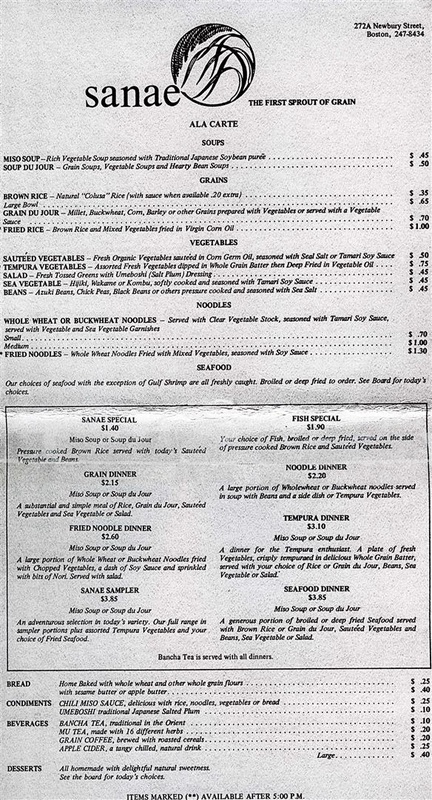

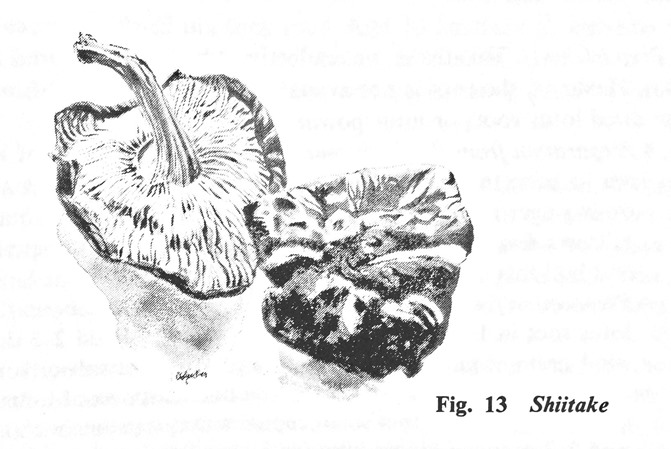
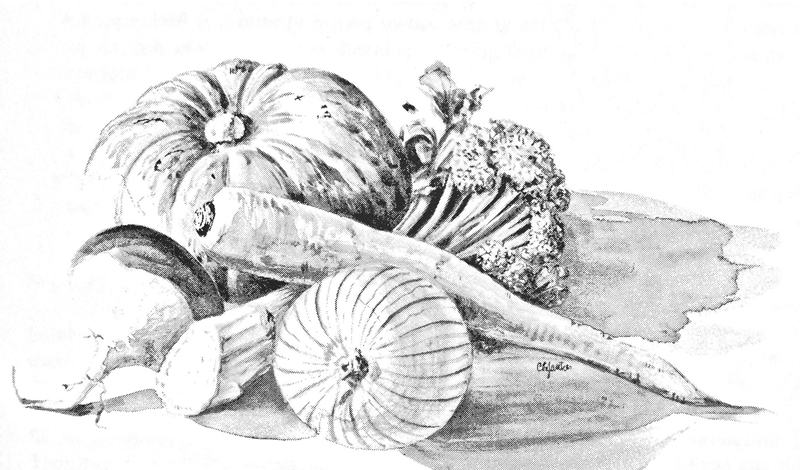
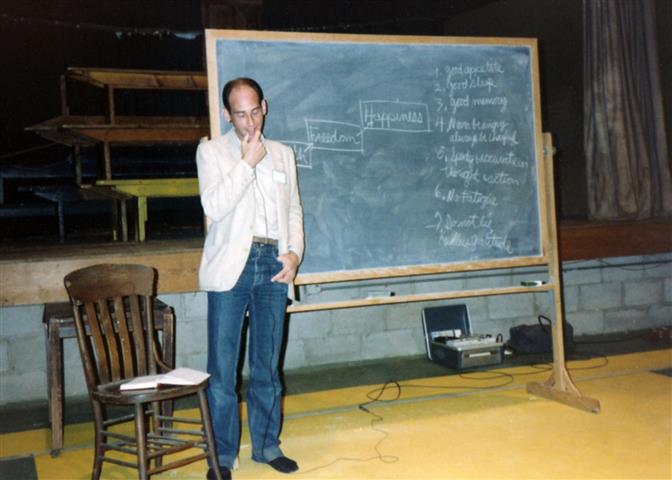
Join the Macrobiotic School email list
Join the Macrobiotic School email list to receive each new post in your inbox
Please check your inbox and confirm your suscription.